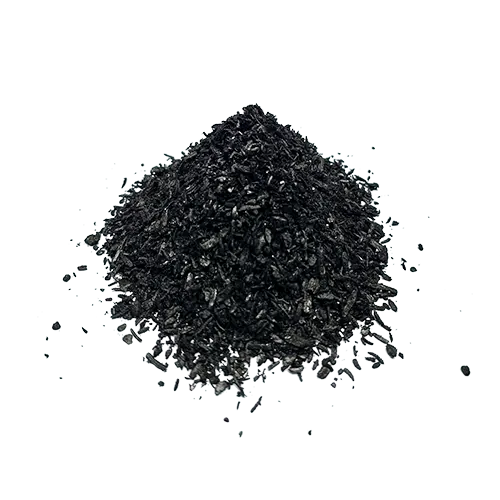
Green & Growth® G-Biochar
¿Qué es el biochar?
Biochar (or biocharcoal) is a material which is rich in carbon, it is highly resistant and persistent over time (refractory), it is obtained by means of thermal decomposition from any biomass in the absence of oxygen (pyrolysis).
Las condiciones empleadas durante su producción como la temperatura, rampa de temperatura, tiempo de retención, entre otras, junto con las características de la biomasa de origen, ya sea forestal, agrícola, animal o proveniente de residuos alimentarios, determinan sus propiedades físico-químicas y, en consecuencia, sus diferentes aplicaciones.
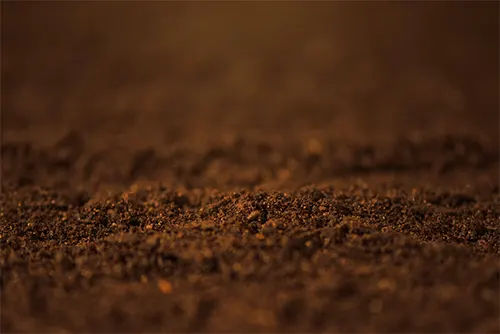

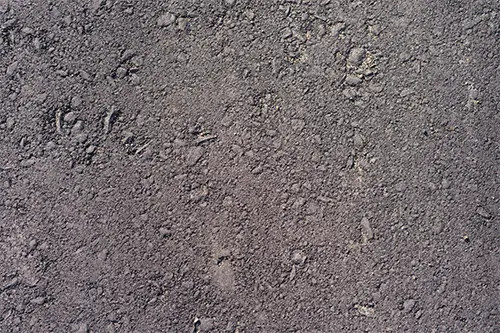
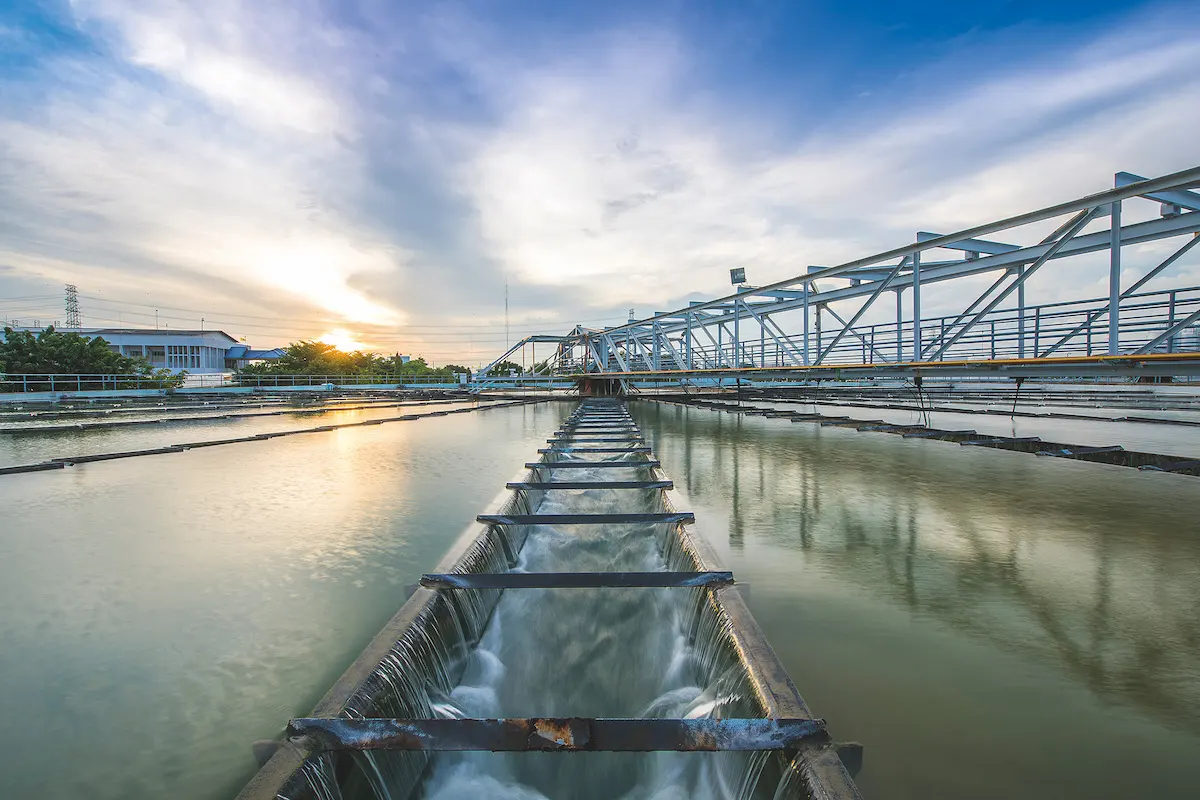
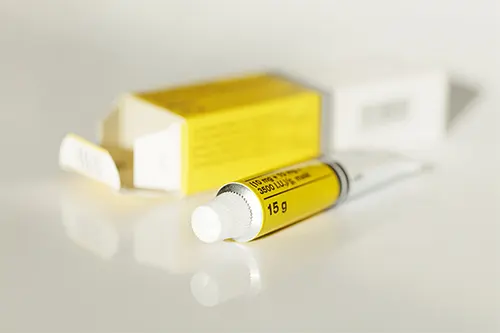
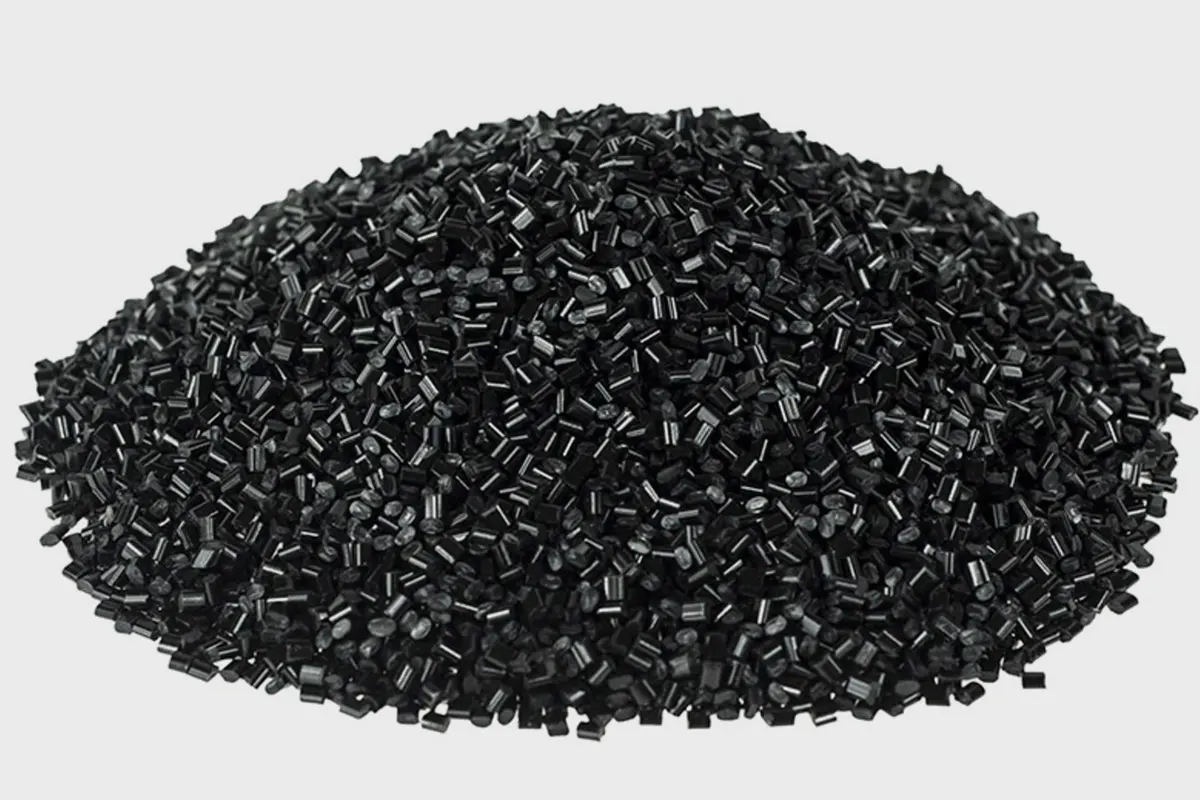
Differences between charcoal and BIOCHAR
There are numerous charcoals and biochar on the market, but it is important to know how to assess the differential quality among both of them, because charcoal can be, for example, harmful to the soil, as well as not being so resistant to degradation over time.
The main differences between charcoal and biochar lie in:
a) The different quality from their starting biomass (some may even contain contaminants derived from varnished wood, sewage sludge or originated in illegal forest sources).
b) Las condiciones de pirólisis: En el biochar son más cuidadas, puesto que la temperatura, atmósfera y oxígeno controladas permiten la adaptación de la porosidad, adsorbancia de sustancias y fijación de carbono a los niveles óptimos.
G-Biochar
Se produce a partir de biomasa lignocelulósica fibrosa mediante un tratamiento pirolítico a alta temperatura.
La calidad del G-Biochar depende de la fuente de biomasa y del método de transformación. Green & Growth produce distintos tipos, dependiendo de la biomasa de origen, como cáñamo, otros cultivos fibrosos, o residuos agrícolas, para distintos fines, como para agricultura premium (cultivos farmacéuticos o jardinería), agricultura extensiva o aplicaciones industriales.
APPLICATIONS
El G-Biochar para agricultura tiene una porosidad ultra-alta, una densidad ultra- baja y una alta capacidad de adsorción, siendo capaz de mejorar la estructura del suelo, retener agua y nutrientes, mejorando su biodisponibilidad y la salud del suelo, actuando como hogar para la microbiota generadora de nutrientes, y capturar contaminantes del suelo, evitando que los cultivos los absorban.
As a soil improver, biochar establishes a complex organic-mineral relationship by interacting and facilitating the relationship between plant roots, microorganisms and the rest of organic matter, proteins and other dissolved nutrients present in soil water.
In other words, biochar improves the retention of water and its nutrients by means of avoiding leaching and favoring the establishment of beneficial microbiota communities among its porous structure, which increases regeneration capacity and natural regulation of the soil, it also improves the bioavailability of nutrients and overall fertility. This reduces the need for irrigation and soil fertilization.
En esta relación influyen la estructura porosa y su capacidad de adsorber y reaccionar químicamente con las distintas sustancias. Esta porosidad y superficie reactiva varían mucho en base a las condiciones de producción del biochar, así como a la biomasa de partida.
Su estructura porosa favorece, a su vez, la capacidad de drenaje del suelo, evitando su erosión en condiciones de lluvia intensa. En general, el biochar es capaz de regular el ecosistema edáfico haciéndolo más fértil y saludable para las plantas, lo cual lo convierte en un enmendador de suelos de elección, tanto en condiciones favorables como desfavorables, aunque en cualquier caso prepara el terreno para sobrellevar mejor las condiciones climatológicas adversas.
G-Biochar para uso industrial se puede utilizar como relleno para sustituir materias primas, como cemento o arena en hormigón y mortero, plástico o caucho en compuestos, o como espesante en pinturas, por ejemplo.
Las propiedades únicas del G-Biochar, como su estructura porosa, una gran superficie específica, su elevada estabilidad química, térmica y biológica, una elevada capacidad de intercambio catiónico, una gran concentración de grupos funcionales, su refractariedad y carácter inerte (no se degrada), su baja densidad (peso muy ligero), la posibilidad de mezclarlo con varios compuestos y su carácter como materia prima renovable, abundante y respetuosa con el medio ambiente, aportan beneficios a las industrias y a sus productos finales.
Refractariedad significa que perdura en el tiempo sin degradarse, por lo que es muy adecuado para materiales de alta duración.
G-Biochar puede mejorar las propiedades mecánicas como la resistencia, la elasticidad o el peso, mejor que otros derivados lignocelulósicos, gracias a la especial disposición de las microfibrillas de celulosa a nivel molecular en los cultivos fibrosos.
La estructura porosa del biochar puede ayudar a transferir el estrés dentro del biocomposite, mejorando así sus propiedades mecánicas.
Esta misma estructura porosa convierte al G-Biochar en un fantástico aislante acústico, incluso cuando se mezcla en bajos porcentajes.
La estructura porosa retiene el agua, permitiendo que el proceso de curado del cemento o del hormigón se realice de adentro hacia afuera, consiguiendo mejores resultados al evitar la evaporación del agua superficial, que genera grietas que afectan la longevidad del cemento o del hormigón.
A mayor temperatura de producción la polaridad del G-Biochar es menor, por lo que se hace más afín a composites de materiales poliméricos hidrofóbicos.
De la misma manera, puede utilizarse para mejorar las propiedades mecánicas y la huella de carbono del asfalto, así como para disminuir los gases nocivos que emanan durante su producción. Esto ocurre porque el biochar facilita la unión entre los distintos compuestos del asfalto a altas temperaturas, al mejorar el rendimiento de los ligantes asfálticos.
Su alta capacidad adsorbente de contaminantes lo convierte en un ideal biorremediador. Las características superficiales físico-químicas del biochar propician la adsorción de contaminantes inorgánicos y orgánicos, por lo que es muy útil para reducir el movimiento y la biodisponibilidad de contaminantes, en medios sólidos o líquidos, favoreciendo así su control o eliminación.
The physical-chemical properties of the biochar surface vary greatly depending on parameters such as the starting raw material with which it is generated, temperature conditions during pyrolysis or time residence at different temperatures.
Esa diferencia de condiciones modificará la distribución del tamaño de los poros, los grupos de superficie y la capacidad de intercambio de iones en el biochar resultante, haciendo que se adapte para el manejo de los distintos contaminantes.
Es adecuado para eliminar contaminantes polares orgánicos e inorgánicos, como iones de metales pesados. Aunque sus propiedades podrían modificarse en base a las necesidades concretas.
En este sentido, antes de aplicar biochar con fines remediadores es recomendable contar con un análisis de los contaminantes presentes en el medio; de esta forma, podrá valorarse si es recomendable modificar el pH del medio antes de aplicarlo, con el objetivo de generar especies iónicas de los contaminantes adecuadas para que puedan ser adsorbidas.
Tiene un gran potencial como biocombustible sólido. En concreto, presenta un bajo contenido de humedad, bajo contenido de materia volátil, por lo que presenta menores emisiones de material particulado, limitado contenido de cenizas (genera menos suciedad durante la combustión) y un alto contenido de carbono, lo que le confiere una fuerte densidad energética, asociada a altos poderes caloríficos.
La gran mayoría de las tintas y colorantes negros utilizados en diversas industrias están elaborados con un pigmento llamado negro de humo obtenido a partir de la combustión incompleta de derivados del petróleo, por lo que resulta altamente contaminante.
Este pigmento también se utiliza como refuerzo en biocomposites de plástico y caucho. Sin embargo, su uso está sujeto a controversia debido a su clasificación como sustancia del grupo 2B (posiblemente cancerígena para los humanos) por parte de la Agencia Internacional para la Investigación sobre el Cáncer (IARC).
Además, por cada tonelada de negro de humo producida, se emiten a la atmósfera más de tres toneladas de CO2. En consecuencia, el riesgo para la salud, la elevada huella de carbono y la dependencia de los combustibles fósiles, asociados a este material, han llevado a la necesidad de buscar tintas ecológicas alternativas.
El biocarbón se ha probado experimentalmente como sustituto del negro de carbón con buenos resultados a la hora de fabricar distintos tipos de tintas negras, y poco a poco ya empiezan a aparecer empresas que ofrecen estas tintas más respetuosas.
El biochar está considerado por la comunidad científica internacional como un sumidero de carbono y una herramienta de mitigación del cambio climático. Esto se debe a que las plantas utilizan el CO2 para crecer. Convierten el carbono inorgánico atmosférico (CO2) en moléculas de carbono orgánico, que las plantas utilizan para alimentarse, crecer y formar sus tejidos estructurales vegetales. Pero cuando las plantas mueren o cuando se queman, vuelven a liberar todo este carbono a la atmósfera en forma de CO2.
Sin embargo, cuando los tejidos vegetales se pirolizan y se convierten en biocarbón, no pierden su carbono, sino que pasan a formar parte de un esqueleto carbonado perenne. Por todo esto, el biocarbón se considera una herramienta de ingeniería ambiental, además de tener el potencial de reducir el impacto ambiental de varios sectores industriales cuando se utiliza como materia prima.
Durante la producción del G-Biochar se generan tres subproductos principales

G-Tar Brea sostenible.
Aplicaciones: En materiales de construcción: impermeabilizante, espesante, sellador, adhesivo para tableros aglomerados, pavimentos, barnices, pinturas, etc. Valor terapéutico, incluyéndose en numerosos ungüentos.

G-Syngas Una mezcla de gases H2, CH4, CO2 y CO de origen biogénico.
Aplicaciones: Biocombustible, materia prima para la generación de otras sustancias en la industria química.
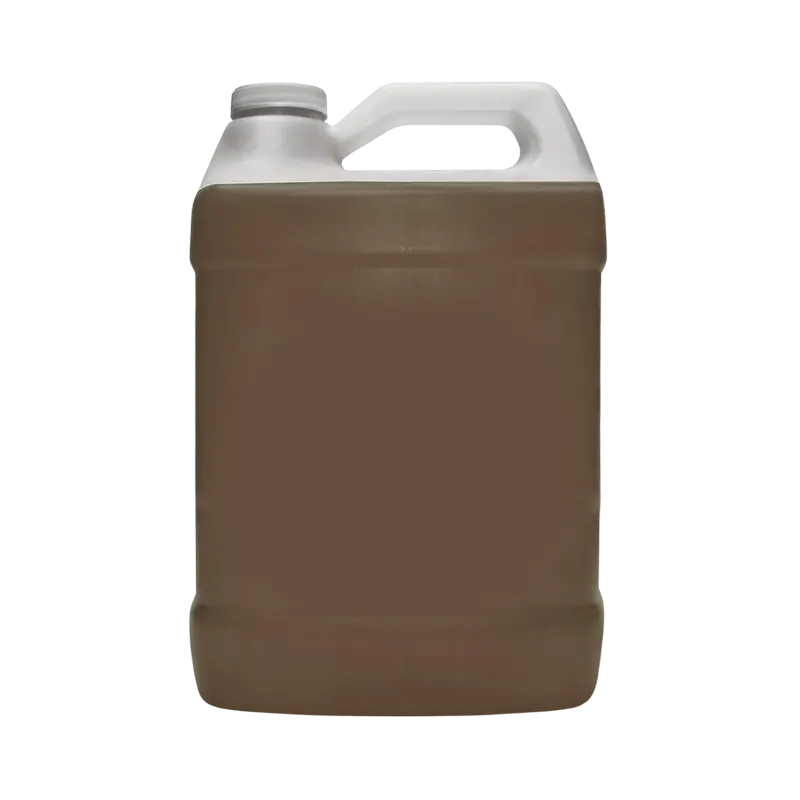
G-Pyroligneous acid Fracción acuosa obtenida tras la pirólisis.
Aplicaciones: Repelente de insectos en agricultura, fertilizante, estimulante del crecimiento y enraizante.
